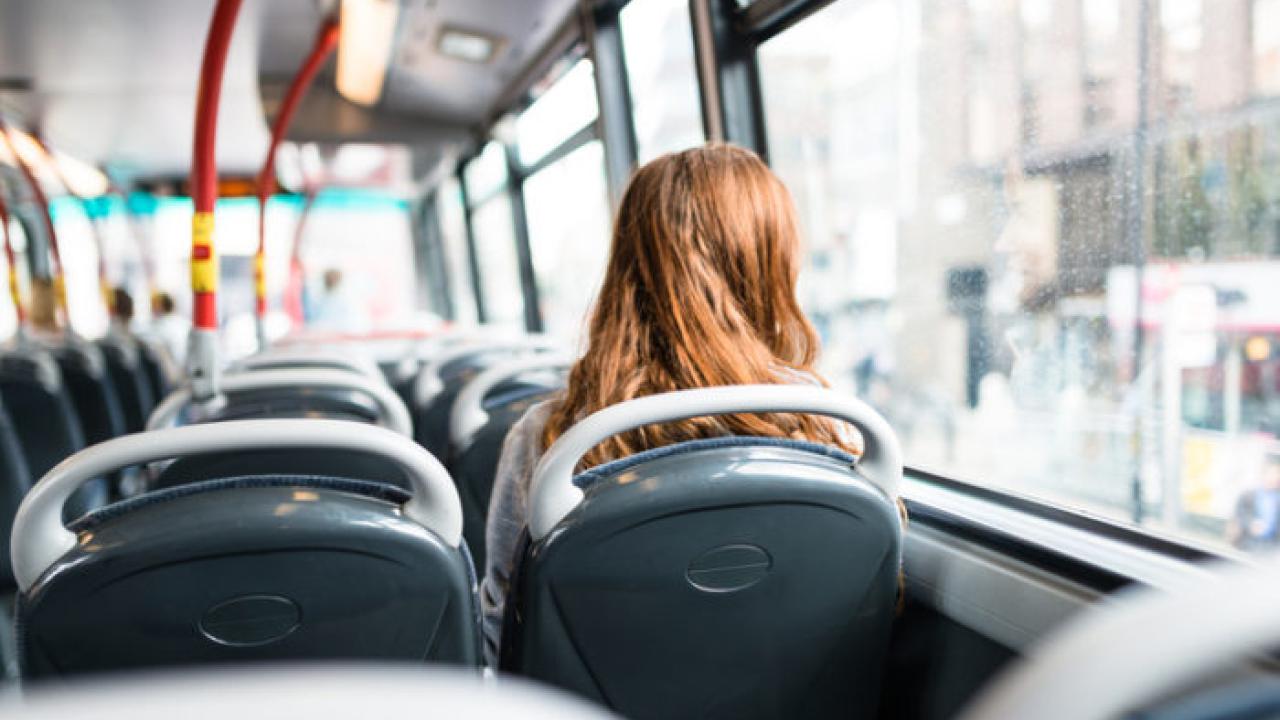We’re approaching the start of the academic year, with fall quarter classes beginning in less than two weeks. Temperatures may be cooling down and the leaves changing color, but most Bruins aren’t heading to UCLA this autumn. Months into our new normal, with the novelty of 9-5 in sweats wearing off, some may miss their commute to campus — with good reason.
Despite any unpleasantness commuting can cause, time spent traveling between work and school can provide a useful buffer. A commute breaks up the day and delineates the difference between work and school and home. Without clear barriers, structure and routine, vital for health and well-being, can be lost. Many working from home during the pandemic are putting in more hours, which can lead to burnout.
Lines are blurring, and its harder to separate school and work from home and find the much needed time to relax and recharge. Time used for travel can be “me time” where you aren’t learning or working. It’s that physical pause in the day Bruins may be missing that doesn’t exist when you’re only commuting down the hallway.
But there is a way to get back the time you may have spent listening to music while biking, reading on the bus, or even just zoning out when it was your carpool buddy’s turn to drive.
Some mental health specialists suggest recreating your commute can have a positive effect on your routine, productivity, and mental health. For your fake commute, establish a transitional activity that indicates its time to switch out of the worker bee or student role.
A pseudo commute can be anything and is simply about switching gears. The key is to set a boundary between school and work and rest, to prioritize mental well-being.
Make a coffee run in the morning, try some stretching exercises, do yoga, or meditate before joining that Zoom meeting or cracking open a textbook for remote instruction. At day's end, make a to-do list for tomorrow or go on a walk around the neighborhood. Use some activity to signal its time to log off completely.
Reinforcing a routine and maintaining boundaries by creating this buffer time can provide a sense of control and safety when world affairs feel quite out of control.
Photo Credit: Getty Images






